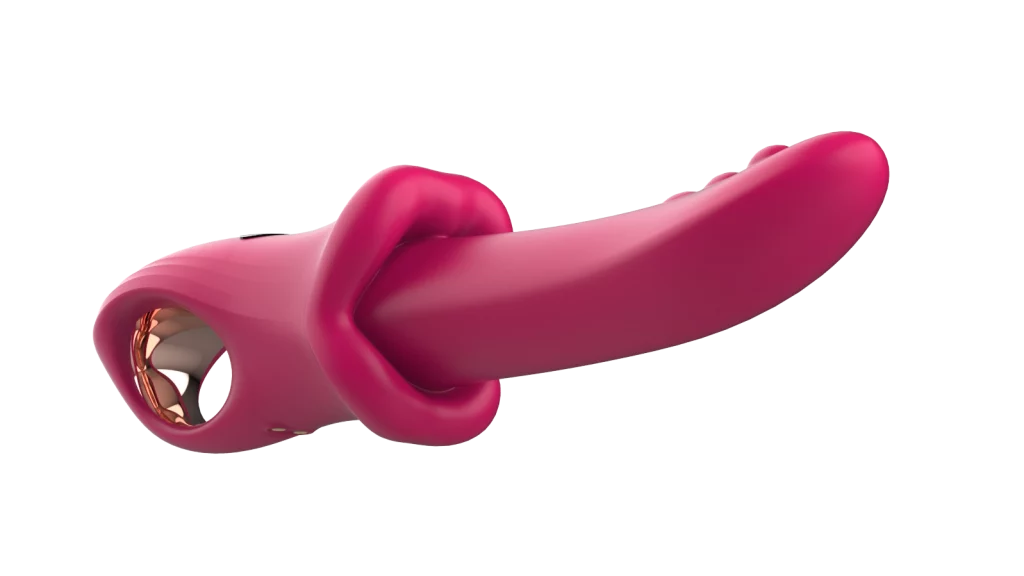Silicone parts have gained significant traction across various industries due to their versatile properties and adaptability in challenging environments. Their applications are not limited to a single sector; instead, they span automotive, medical, and consumer electronics, offering robust solutions in manufacturing. The increasing demand for high-performance materials has led to the exploration of silicone parts processing, emphasizing their importance in modern manufacturing practices. Understanding the characteristics and processing techniques of silicone parts is essential for engineers and manufacturers aiming to optimize their performance and meet industry standards.
The Importance of Silicone Parts in Various Industries
Silicone parts play a pivotal role in numerous industries, thanks to their unique properties. In the automotive industry, silicone components are used in seals, gaskets, and O-rings to enhance durability and performance. Their ability to withstand extreme temperatures and resist chemicals makes them ideal for automotive applications where reliability is critical.
In the medical device sector, silicone parts are indispensable for making products that require biocompatibility and reliability. Silicone tubing, seals, and drilling bits are often used in devices such as Silicone Bellows and drones, where hygiene and safety are paramount. The flexibility of silicone allows for a wide array of shapes and designs, enabling innovative solutions in medical technology.
![]()
Key Characteristics of Silicone Material
Chemical Resistance
One of the standout features of silicone is its exceptional chemical resistance. Silicone materials do not react with most chemicals or solvents, making them highly suitable for various applications where exposure to aggressive substances is common. This property is especially important in the automotive and medical industries, where silicone parts must withstand harsh environments without degrading.
Temperature Tolerance
Silicone exhibits remarkable temperature tolerance, functioning effectively within a broad temperature range. This is particularly valuable in automotive and electronic applications, where components might be subjected to high heat and sudden temperature changes. Silicone ensures that parts maintain their integrity and performance under these conditions. CASINDA’ product Silicone spatula is a good proof of this.
Flexibility and Elasticity
The flexibility and elasticity of silicone material enable the production of parts that can deform and return to their original shape. This makes silicone suitable for applications requiring dynamic movement, such as seals and gaskets in engines or medical equipment that may undergo frequent stress. The ability to absorb shocks and maintain functionality enhances the service life of these components.
Overview of Silicone Part Processing
Standard Manufacturing Techniques
Silicone parts processing involves various manufacturing techniques to produce components that meet specific requirements.
Injection Molding Process
The injection molding process is commonly used for mass-producing silicone items, allowing for intricate designs and high-precision outputs. This method is efficient for creating large volumes of uniform parts.
Compression Molding Process
The compression molding process is ideal for creating larger silicone components. It involves placing the silicone material in a heated mold and applying pressure, causing the material to flow and fill the mold cavity. This technique is well-suited for items such as seals and gaskets.
Extrusion Process
Extrusion is another effective technique for producing continuous profiles of silicone. It involves forcing silicone through a die to create specific shapes and can be particularly beneficial for producing tubing and seals.
Liquid Silicone Rubber (LSR) Molding
The LSR molding technique involves using liquid silicone that is injected into molds, allowing for complex shapes and smooth finishes. This process is efficient for high-volume production, providing consistent quality with rapid cycle times.
Innovative Methods for Enhanced Performance
In addition to traditional methods, innovative technologies are emerging to enhance the performance of silicone parts. Techniques such as 3D printing enable customization and rapid prototyping, ensuring manufacturers can quickly adapt to changing market demands while optimizing performance.
Ensuring Optimal Mold Design and Construction
Successful silicone parts processing hinges on optimal mold design and construction. The mold must be engineered to accommodate the properties of silicone and ensure precise replication of the part design. Advanced techniques and materials in mold manufacturing can significantly enhance the quality and efficiency of the silicone parts produced.
In conclusion, understanding silicone parts processing is vital for industries that rely on these versatile materials. With applications spanning automotive, medical, and consumer electronics sectors, the importance of silicone can’t be overstated. By leveraging the unique characteristics of silicone and embracing innovative processing techniques, manufacturers can significantly enhance the performance and reliability of their products.
CASINDA’s Expertise in Silicone Part Production
Advanced Manufacturing Processes Implemented by CASINDA
State-of-the-art Machinery and Technology
CASINDA employs advanced manufacturing processes that leverage state-of-the-art machinery and technology tailored for silicone parts processing. The company utilizes liquid silicone machines that facilitate the direct feeding of liquid silicone into molds, significantly enhancing production rates. This approach not only improves manufacturing efficiency but also ensures precise ratios for color mixing, allowing CASINDA to produce highly customizable silicone parts that meet client specifications.
Quality Control Procedures
Quality control is paramount at CASINDA, where rigorous procedures are implemented to uphold the integrity of silicone parts processing. Each batch of silicone material is meticulously tested prior to production to ensure it meets stringent quality standards, thus eliminating potential issues before they affect the end product. Throughout the manufacturing process, various checks are performed, including dimensional inspections and material consistency assessments. This comprehensive quality assurance framework guarantees that every silicone component produced adheres to the highest industry benchmarks, thereby reinforcing trust and satisfaction among clients.
Customization Capabilities to Meet Diverse Needs
CASINDA has distinguished itself through its remarkable OEM/ODM service, catering to diverse industries’ unique requirements. The company’s technical team works closely with clients to develop silicone parts that are specifically designed to fulfill particular applications, leveraging an extensive range of materials and precise fabrication techniques. From initial concept sketches to final production runs, CASINDA remains agile, offering quick turnarounds on prototypes and modifications. This commitment to customization underpins CASINDA’s reputation as a reliable partner capable of adapting to evolving market demands and customer preferences.
Common Challenges in Silicone Processing and How to Overcome Them
Addressing Issues Related to Material Consistency
Material consistency is a common challenge in silicone parts processing that can lead to significant performance discrepancies. Variability in silicone polymer batches can affect the physical properties of the final product, which necessitates a deep understanding of material properties and precise manufacturing controls. CASINDA addresses this issue by implementing stringent sourcing protocols for raw materials and conducting extensive testing before production begins. This proactive approach helps ensure that the properties of the silicone used consistently meet predetermined specifications, thereby guaranteeing the performance and durability of the output.
Solving Mold Release Problems
Mold release issues can hinder production efficiency, as difficulty in releasing components from molds can lead to damage and increased downtime. To tackle this challenge, CASINDA employs advanced mold design enhancements that facilitate smoother release mechanics. This includes the application of specialized mold release agents and the utilization of mold surfaces engineered to reduce friction. By optimizing mold characteristics, CASINDA mitigates the need for excessive force during the demolding process, thus preserving the quality of the silicone components and minimizing production delays related to mold release complications.
Enhancing Precision and Reducing Variability
Achieving precision in silicone parts processing while minimizing variability is central to CASINDA’s operational strategy. Implementing advanced technologies such as computer-aided design (CAD) and computer numerical control (CNC) machining allows for unparalleled accuracy in mold construction and part fabrication. Moreover, automated monitoring systems throughout the production cycle continuously evaluate parameters such as temperature and pressure, ensuring adherence to specification tolerances. This holistic approach not only enhances the precision of the final products but also significantly reduces the likelihood of batch-to-batch variability.
Future Trends in Silicone Parts Processing
Technological Advancements Transforming the Industry
The silicone parts processing industry is undergoing rapid transformation driven by technological advancements. Innovations such as enhanced automation, robotics, and artificial intelligence are revolutionizing how manufacturers approach production. CASINDA recognizes the potential of these technologies to improve operational efficiencies, reduce labor costs, and increase production capacity. By integrating smart manufacturing practices, the company stands poised to adapt to shifting market dynamics while enhancing its competitive edge. As technology continues to evolve, CASINDA anticipates further opportunities to refine its processes and develop state-of-the-art silicone solutions for a broad range of applications.
In conclusion, the landscape of silicone parts processing is complex and multifaceted, requiring an in-depth understanding of various factors that contribute to successful outcomes. CASINDA’s expertise in advanced manufacturing processes, robust quality control, and customization capabilities positions the company as a leader in the field. By addressing common challenges and embracing future trends, CASINDA is well-equipped to meet the ever-evolving needs of its clients, reinforcing its commitment to delivering high-quality silicone parts for numerous industries.







